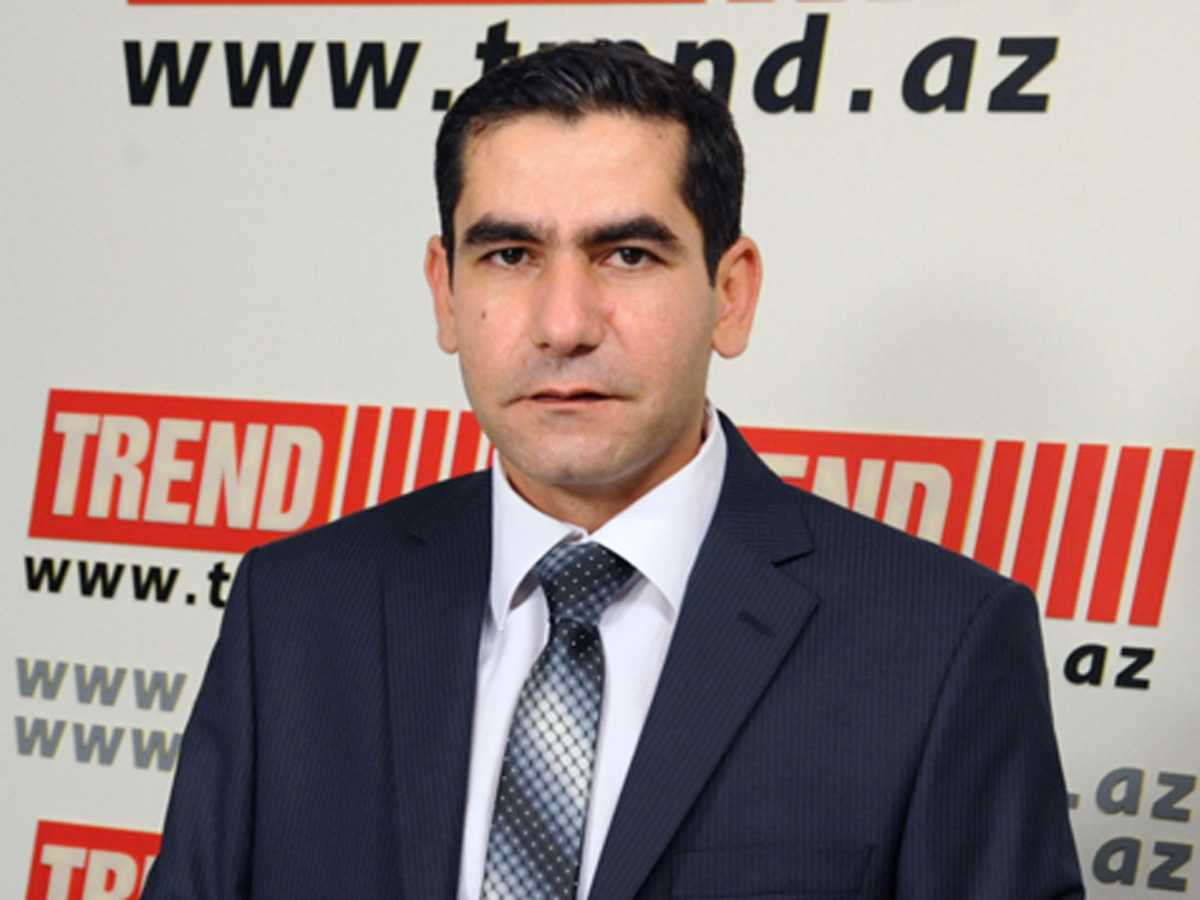By Dalga Khatinoglu
Iran and Russia’s Gazprom Neft signed a memorandum of understanding Dec.13 on two oil fields, bringing the total field number, delivered to Russian companies to be studied to 7.
Six of them are brown, while only Dehloran is a green field (non-operational).
The most important issue for Iran is increasing the recovery rate of these fields, which contain 43 billion barrels of medium and heavy oil in-situ reserves with 6-17 percent recovery rate on average.
All of the mentioned fields, located in central and western regions of Iran, are among the 49 fields which Iran offered to foreigners based on the newly designed model contracts, called the Iran Petroleum Contract or IPC.
|
Oil fields |
Oil in-situ (billion barrels) |
Current production (Thousand b/d) |
API |
Russian company |
|
Mansouri |
15.142 |
60 |
20-25 |
Lukoil |
|
Ab Teymour |
15.258 |
60 |
22-22.5 |
Lukoil |
|
Aban |
0.138 |
9 |
21 |
Zarubezhneft |
|
West Paydar |
0.952 |
28 |
18-20 |
Zarubezhneft |
|
Cheshmeh Khosh |
3.74 |
72 |
20-29 |
Gazprom Neft |
|
Changouleh |
2.367 |
0 |
24 |
Gazprom Neft |
|
Dehloran |
5.184 |
24 |
30 |
Tatneft |
Both Lukoil and Gazprom had contracts with Iran to develop the oil fields in 2000s, but withdrew due to sanctions. However, regarding signed 17 MoUs between Iran and foreign companies during the last months, the big share of Russian companies shows both sides have opened a new chapter in their energy relations.
Gazprom, which left Iran’s Azar oil field, offered Iran to participate in mid/downstream projects as well on December 13.
Mid/downstream sector
The deputy chairman of the company’s management committee, Alexander Medvedev said that “we can develop Iran’s liquefied gas projects, get involved in Iran-India subsea gas pipeline as well as some upstream sectors like exploration, gas production”.
National Iranian Gas Export Company (NIGEC) has been negotiating to lay a $4.5-billion worth undersea gas pipeline from Iranian coast via Oman Sea to Gujarat, India.
Iran plans to increase gas export from the current level of 10 billion cubic meters per year (bcm/y) to 60-80 bcm/y by 2021. Currently, Turkey is Iran’s only customer.
Iran also has a liquefied natural gas (LNG) plant, developed by 50 percent, which needs a $8-11 billion investment to produce 10.4 million tons per year (14 bcm/y) of LNG.
Iran also plans to construct several mini-LNG plants with about 150,000 tons per year of capacity and the talks with Gazprom have been going on since last year.
The other major sphere for cooperation is the underground gas storage (UGS) facilities.
Iran’s housing gas demand triples in winters, leading to gas shortage in cold season. Iran has two UGS facilities, Shourijeh and Serajeh, with below 3 billion cubic meters capacity, to help the country to re-extract 20 mcm/d of gas from the storage during winter. But the volume is very low, comparing to gas demand growth in winter. Iran’s housing sector consumed about 91 bcm of totally produced 192 bcm of sweet gas during the last Iranian fiscal year (ended on March 20).
Without expanding the storage capacity, there is no perspective for Iran to become a major gas exporter in the future. The country plans to increase its gas output from the current 750 mcm/d to 1,250 mcm/d by 2021.
Gazprom has very good experience in this sphere, owning 22 UGS facilities at 26 gas storages in Russia: 17 – in depleted gas fields, 8 – in aquifers and 1 – in salt caverns.
According to Gazprom’s website, by the 2016–2017 autumn/winter period, working gas inventories in the UGS facilities amounted to 72.098 bcm, while their maximum potential daily deliverability reached by the start of the period a record 801.3 mcm, which was 11.4 mcm higher than last year.
The company has UGS facilities abroad as well. In 2015, Gazprom’s gas storage capacities in Europe (including those under lease contracts) amounted to 5 bcm and their daily deliverability was 61.5 mcm/d.
Gas-to-power projects
Iran and Russia also inked a $1.6 billion agreement on building a 1,400 megawatt (MW) gas-fired power plant in the southern province of Hormozgan Province, close to the giant South Pars gas field, which shares 60 percent of Iran’s gas production. Iran plans to increase gas output capacity of field from the current 465 mcm/d to above 800 mcm/d by 2021.
Iran’s power generation capacity stands at 75,912 MW, expected to reach about 100,000 MW by 2021 and 125,000 MW by 2025.
Dalga Khatinoglu is the head of Trend Agency's Iran news service, follow him on Twitter: @dalgakhatinoglu






